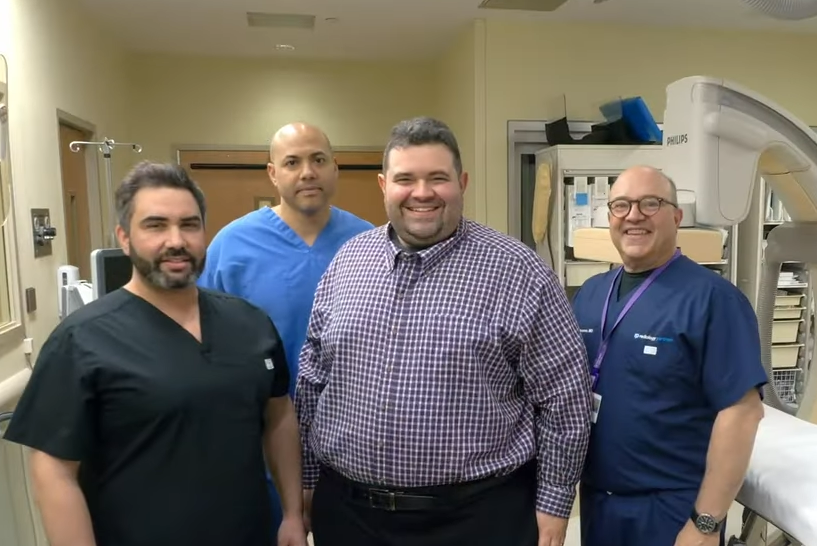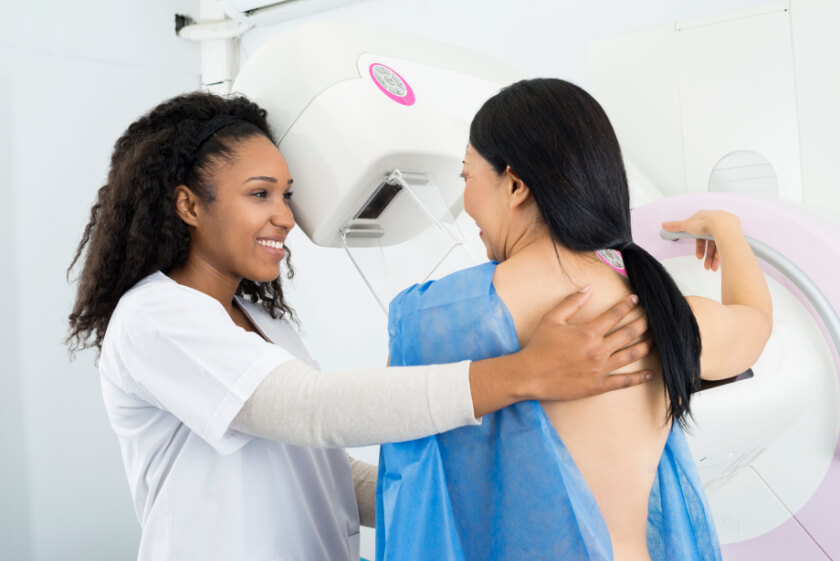What is a varicocele?
Avaricocele is an abnormally enlarged vein found in the scrotum, and it’s a common cause of infertility in men. Varicoceles are very similar to varicose veins that form in your legs or elsewhere in your body, and although the cause of varicoceles isn’t completely understood, many researchers believe the same mechanism is in place – faulty valves inside the varicocele prevent the normal flow of blood, allowing it to collect inside the vessel where increased pressure causes the vessel to enlarge. Subsequent damage to the affected testicle can result in fertility problems that can affect sperm production in both testicles. The good news is, varicoceles can be treated with minimally-invasive techniques that avoid the need for major surgery.
How is a varicocele diagnosed?
Many varicoceles are discovered when a couple finds they cannot become pregnant. Other varicoceles may be discovered during a self-exam or a routine physical exam in the doctor’s office that reveals a non-tender mass that may feel like a coiled rope or have a worm-like feel or appearance. And still others may be discovered as a result of symptoms like testicular pain or pressure. Although many varicoceles can be diagnosed with manual palpation, in some cases an ultrasound or other imaging tests may be ordered to confirm the diagnosis and rule out other possible issues.
How are varicoceles treated?
Traditionally treated with surgery, today’s advances in radiologic treatments have resulted in minimally-invasive approaches that provide effective treatments for varicoceles without long and uncomfortable recovery periods or the risks associated with general surgery. Percutaneous embolization uses a tiny incision, usually in your groin, that allows a thin, hollow tube or catheter to be carefully guided to the varicocele. Image-guidance using fluoroscopy or a similar technique will be used to guide placement of the catheter. Once the catheter is in place, a special solution or tiny coils are released to create controlled scarring that blocks blood flow in the varicocele, diverting blood flow to other vessels. Once the procedure is complete, the catheter will be withdrawn and the incision will be covered with a special dressing. No sutures are needed, and you can return home soon after the procedure is complete, resuming most activities within about 24 hours. Percutaneous varicocele embolization is usually performed under sedation or local anesthetic (or both) without the need for general anesthesia and the risks it can involve.





